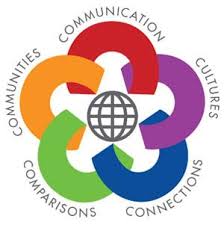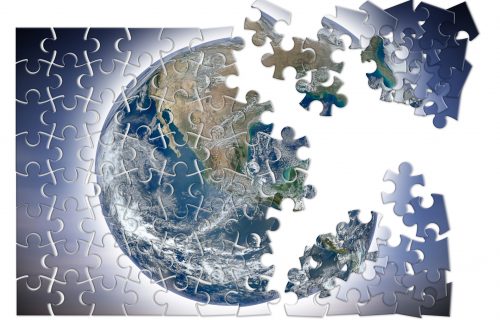
Global Education-What is it?
This school year, I was awarded a Fulbright Teachers for Global Classrooms Fellowship. Over 450 teachers applied from 48 U.S. states and the District of Columbia, and I am lucky enough to be one of 76 teachers who will be joining this year’s cohort. So far this semester, I have participated in an on-line graduate level course exploring the themes and applications for global education in my classroom, school and community. Next semester I will attended the Global Education Symposium in Washington, D.C., and participate in a field experience abroad. I can’t wait to find out where I am going!
The Fulbright experience thus far had been nothing short of amazing! I have had the opportunity to study the idea of global education in depth. I have met (virtually only as of yet) other excellent teachers across the US who are embarking on this experience with me. I have enjoyed excellent, thought-provoking discussions with my new colleagues. I have also been extremely humbled by this experience. There is so much I don’t know! But as I learn more about creating a global classroom, I will share it with you.
So what is global education? As defined by Fernando Reimers, Ford Foundation Professor of the Practice of International Education at the Harvard Graduate School of Education: “Global education helps students become curious and understand the world and globalization, to make sense of how global and local affairs are interdependent, to recognize global opportunities, and to have the skills to act on those opportunities, advancing progress, global stability and peace.” And in 2014 UNESCO’s goal of Global Citizen Education is to engage learners to assume an active role both locally and globally to face and resolve global challenges. So in essence, global education seeks to create globally competent citizens. Which then begs the question…
What is a global competence? Global competence is the capacity and disposition to understand and act on issues of global significance. I borrowed this simple, yet incredibly complex definition that was developed by the Global Competence Task Force. To me, the “capacity” mean that learners have been shown the way toward thinking critically and creatively. “Disposition to understand” means they are aware of cultural differences and perspectives and are willing to explore those differences. They are proficient in more than one language and can function in varied cultural contexts. They have the means and desire to make a difference locally and globally.
You know what that sounds like to me? ACTFL’s 5 Cs of Learning Languages (Communication, Cultures, Connections, Comparisons, Communities). I know as a language teacher that I tend to focus about 90% on Communication and maybe 9% on Cultures and a whopping 1% combined on Connections, Comparisons and Communities. Being involved in the Fulbright fellowship has made me rethink my division of time. As ACTFL sets forth in its World Readiness Standards (2015), the 5 Cs are a “weave” of curricular elements, not isolated elements.
I will keep sharing my learning and how this learning affects my classroom teaching. Say tuned!
This blog is not an official U.S. Department of State blog. The views and information presented are the participant’s own and do not represent the Fulbright Teachers for Global Classrooms Program, the U.S. Department of State, or IREX.



